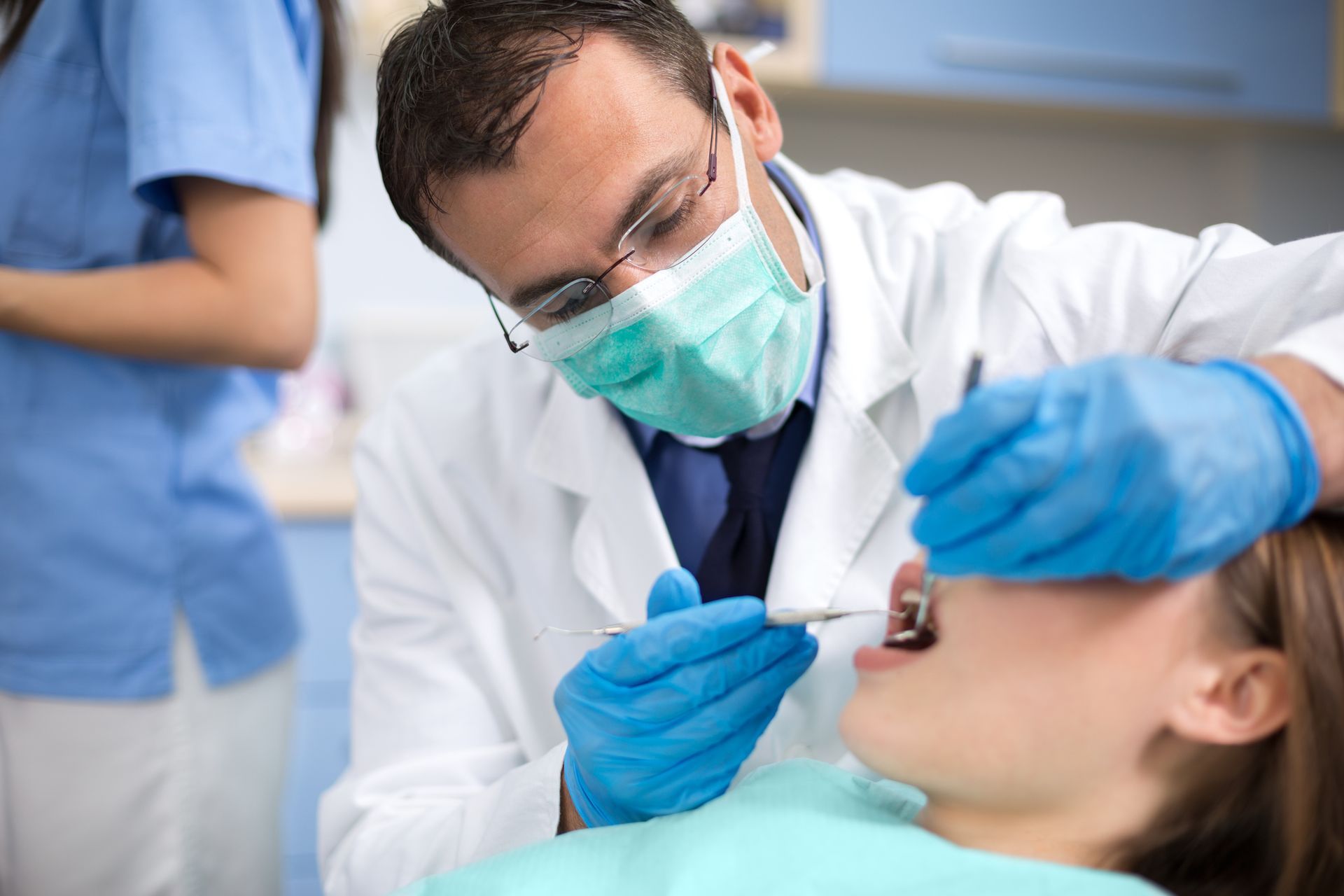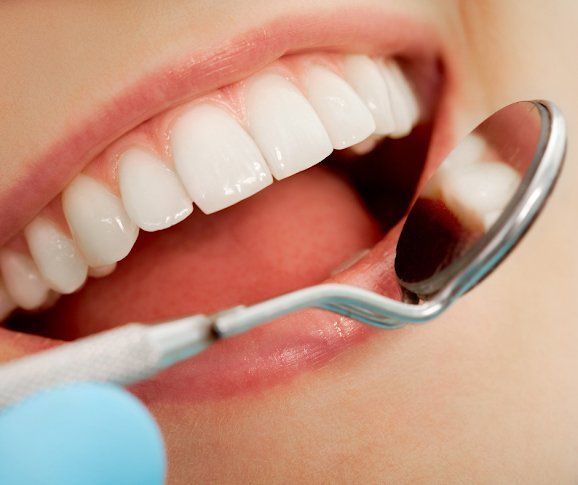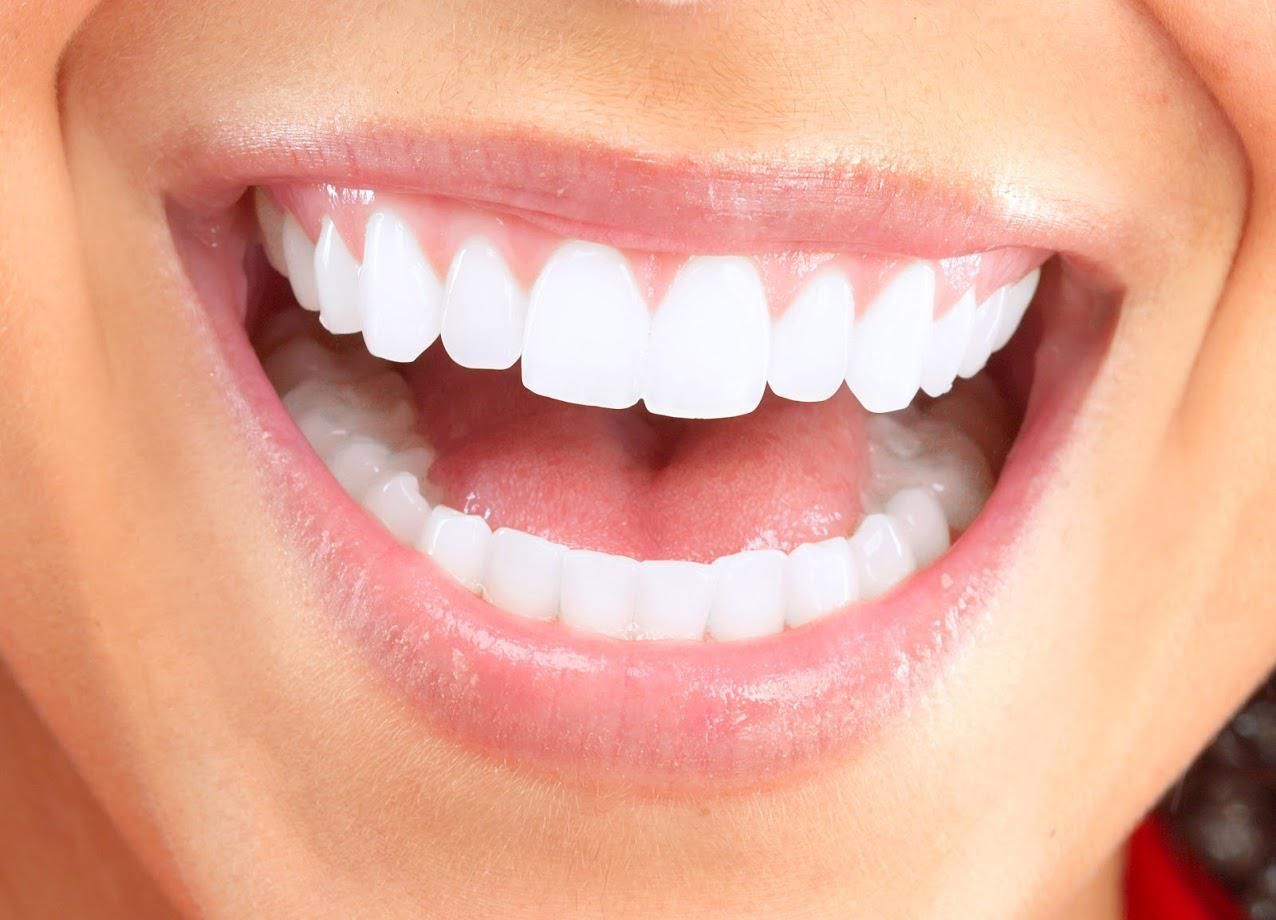Do You Need to Remove the Gum Flap Behind a Wisdom Tooth?
websitebuilder • August 31, 2021

If your wisdom teeth have started to come in, you may notice that a loose flap of gum tissue has developed around them. This piece of tissue is known as an operculum, and it often develops over partially erupted teeth or teeth that do not have enough room to come in. Learn more about issues with operculums and why they sometimes need removing.
Why Can Operculums Be a Problem?
While some operculums only partially cover a wisdom tooth, some may cover much of the chewing surface. If the flap is large, you can have an increased risk of biting the adjacent cheek tissue or the operculum itself.
You can keep your enamel and attached gingiva clean with both brushing and flossing. Operculums, on the other hand, can be difficult to keep clean since they are in the back of the mouth and because the loose tissue may trap bacteria and food debris. If too much debris is trapped, you can develop pericoronitis, which is an inflammatory condition. People with pericoronitis can experience bad breath, pus, and pain when eating or swallowing. If you do not treat the pericoronitis, you can experience lymph node and facial swelling. Severe pericoronitis could lead to a complication called Ludwig's angina, where the infection spreads from the operculum to the head or neck.
While some operculums only partially cover a wisdom tooth, some may cover much of the chewing surface. If the flap is large, you can have an increased risk of biting the adjacent cheek tissue or the operculum itself.
You can keep your enamel and attached gingiva clean with both brushing and flossing. Operculums, on the other hand, can be difficult to keep clean since they are in the back of the mouth and because the loose tissue may trap bacteria and food debris. If too much debris is trapped, you can develop pericoronitis, which is an inflammatory condition. People with pericoronitis can experience bad breath, pus, and pain when eating or swallowing. If you do not treat the pericoronitis, you can experience lymph node and facial swelling. Severe pericoronitis could lead to a complication called Ludwig's angina, where the infection spreads from the operculum to the head or neck.
How Can You Treat an Infected Operculum?
Your dentist will recommend a treatment route depending on the severity of the infection and whether you plan on keeping your wisdom teeth or not.
For mild infections, your dentist may recommend warm saltwater rinses and an over-the-counter pain reliever.
If you have no room in your mouth to support incoming wisdom teeth, then your dentist may recommend a tooth extraction. Your dentist may clean and debride the operculum, and then the flap would eventually heal after the tooth extraction. If your jaw ridge is large enough to support the incoming tooth, then your dentist might just remove the gum flap, which could allow the tooth to fully erupt. Removing the gum flap is known as an operculectomy.
Your dentist will recommend a treatment route depending on the severity of the infection and whether you plan on keeping your wisdom teeth or not.
For mild infections, your dentist may recommend warm saltwater rinses and an over-the-counter pain reliever.
If you have no room in your mouth to support incoming wisdom teeth, then your dentist may recommend a tooth extraction. Your dentist may clean and debride the operculum, and then the flap would eventually heal after the tooth extraction. If your jaw ridge is large enough to support the incoming tooth, then your dentist might just remove the gum flap, which could allow the tooth to fully erupt. Removing the gum flap is known as an operculectomy.
What Is an Operculectomy Like?
An operculectomy is a minor surgical procedure where your dentist will remove the infected gum flap with either a scalpel, laser, or electrocautery. Your dentist will use a local anesthetic before surgery.
Each surgical method has its pros and cons. Laser surgeries typically have less scar tissue and quicker healing times, but they may be more expensive.
An excision with a scalpel is the conventional method and an economical option, but you may experience more bleeding and a longer recovery time.
With electrocautery, your dentist can send a mild current through the gum tissue. The heat from the current can cause the flap to break down. A great benefit of this type of method is that no sutures are necessary.
Whatever the method, once the gum flap is gone, you will no longer have plaque or debris buildup, and the inflammation should subside. After surgery, your dentist may have post-care instructions, such as avoiding certain foods, using antibiotics, and swishing with saltwater rinses.
In rare cases, the operculum might grow back. If your dentist believes you are at risk for pericoronitis, then he or she might recommend another operculectomy or a wisdom tooth extraction.
Ultimately, your dentist will help you figure out the best treatment route depending on your oral health history and needs. Reach out to Jeffrey L. Erwin DDS for more information on surgical procedures. We look forward to helping you have a bright smile without pain or discomfort. Please let us know about any questions or concerns you may have.
An operculectomy is a minor surgical procedure where your dentist will remove the infected gum flap with either a scalpel, laser, or electrocautery. Your dentist will use a local anesthetic before surgery.
Each surgical method has its pros and cons. Laser surgeries typically have less scar tissue and quicker healing times, but they may be more expensive.
An excision with a scalpel is the conventional method and an economical option, but you may experience more bleeding and a longer recovery time.
With electrocautery, your dentist can send a mild current through the gum tissue. The heat from the current can cause the flap to break down. A great benefit of this type of method is that no sutures are necessary.
Whatever the method, once the gum flap is gone, you will no longer have plaque or debris buildup, and the inflammation should subside. After surgery, your dentist may have post-care instructions, such as avoiding certain foods, using antibiotics, and swishing with saltwater rinses.
In rare cases, the operculum might grow back. If your dentist believes you are at risk for pericoronitis, then he or she might recommend another operculectomy or a wisdom tooth extraction.
Ultimately, your dentist will help you figure out the best treatment route depending on your oral health history and needs. Reach out to Jeffrey L. Erwin DDS for more information on surgical procedures. We look forward to helping you have a bright smile without pain or discomfort. Please let us know about any questions or concerns you may have.













